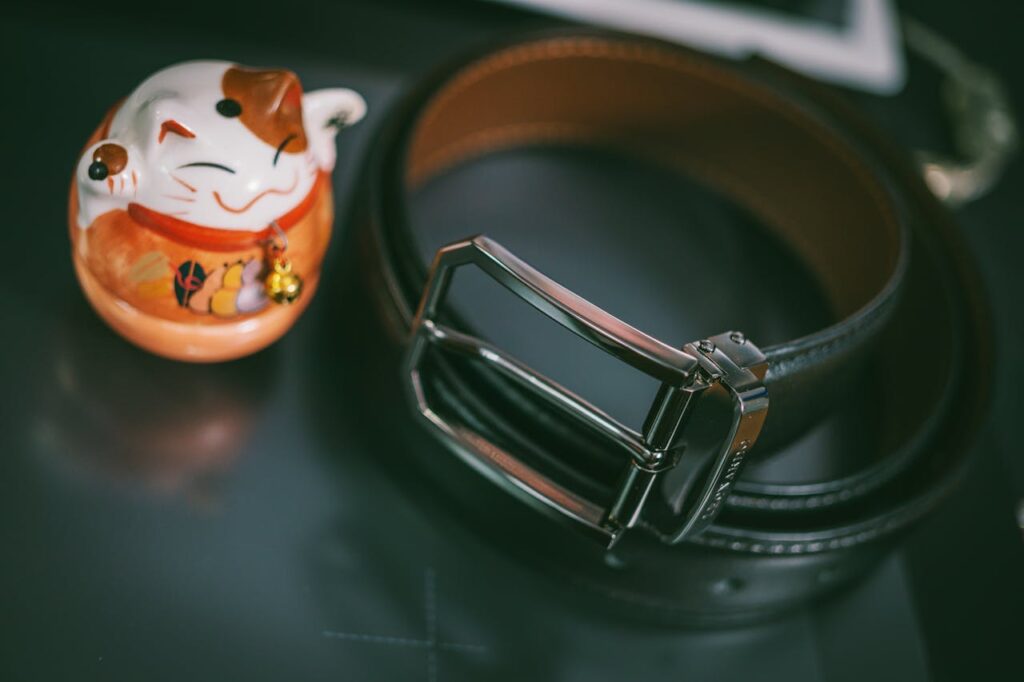Introduction
When it comes to the performance and longevity of automotive engines, the choice of belts is crucial. Among various options available, Kevlar V-belts have gained attention for their durability and strength. But are they the right choice for an alternator? This blog will explore the benefits and drawbacks of Kevlar V-belts, their compatibility with alternators, and other important considerations to help you make an informed decision.
Understanding V-Belts and Their Function
What is a V-Belt?
V-belts are an essential component in many mechanical systems, particularly in automotive applications. These belts transmit power from the engine to various accessories, including the alternator, power steering pump, and air conditioning compressor. Their design features a trapezoidal cross-section, which allows them to fit securely in pulleys and provide efficient power transfer.
The Role of the Alternator
The alternator is a critical component of the vehicle’s electrical system, responsible for charging the battery and powering electrical systems when the engine is running. A reliable connection between the alternator and the engine is essential for optimal performance. This is where the choice of V-belt becomes significant.
What are Kevlar V-Belts?
Composition and Design
Kevlar V-belts are made from a combination of traditional rubber and Kevlar fibers, a material known for its exceptional strength and resistance to wear. This unique composition enhances the belt’s durability, making it less prone to stretching and fraying compared to standard rubber belts.
Advantages of Kevlar V-Belts
- Durability: Kevlar V-belts are designed to withstand high levels of stress and tension, making them less likely to break or wear out quickly. This longevity is especially beneficial in demanding environments where conventional belts may fail.
- Heat Resistance: These belts can tolerate higher temperatures without losing their integrity, reducing the risk of slippage or failure due to heat exposure.
- Reduced Stretching: Kevlar belts maintain their tension better over time, which can lead to improved performance and reduced maintenance needs.
- Enhanced Performance: With a more robust construction, Kevlar V-belts can deliver power more efficiently, which is crucial for the alternator’s performance, especially under load.
Are Kevlar V-Belts Suitable for Alternators?
Compatibility Considerations
While Kevlar V-belts offer several advantages, it’s important to ensure compatibility with your specific alternator system. Most alternators are designed to work with standard V-belts, but there are some considerations:
- Belt Size and Type: Ensure that the Kevlar belt matches the size and type required by your alternator. Proper fit is essential for optimal performance and longevity.
- Pulley Design: The pulleys on your alternator must be compatible with the Kevlar V-belt design. Some pulleys may be better suited for traditional rubber belts, so it’s essential to check specifications.
Performance in Real-World Conditions
In practical applications, many users report positive experiences with Kevlar V-belts on alternators. Their durability and resistance to wear make them a reliable choice for high-performance vehicles or those that experience heavy electrical loads. However, for standard daily drivers, traditional rubber belts may suffice and offer a cost-effective solution.
Potential Drawbacks of Kevlar V-Belts
Cost Considerations
One of the primary drawbacks of Kevlar V-belts is their cost. They are typically more expensive than standard rubber belts, which can be a consideration for budget-conscious consumers. However, the investment may pay off in terms of reduced maintenance and longer service life.
Installation and Replacement
Installing Kevlar V-belts may require a bit more attention than standard belts. Ensuring proper tension and alignment is crucial, as an improperly installed belt can lead to decreased performance and premature wear.
Conclusion
In summary, Kevlar V-belts can be an excellent choice for powering alternators, particularly in high-performance or demanding applications. Their durability, heat resistance, and reduced stretching make them suitable for ensuring reliable electrical system performance. However, it’s essential to consider compatibility with your specific alternator and weigh the cost against the benefits. For those seeking enhanced reliability and longevity, investing in a Kevlar V-belt could be a worthwhile decision. Always consult your vehicle’s specifications and, if in doubt, seek advice from a professional to ensure the best fit for your needs.

